The daily living aids market has changed—and so has your customer.
Today’s older adults are not the same as they were 10 years ago. They’re more independent, more informed, and in many cases, more tech-savvy. They still value face-to-face service, but they’re also online—researching products, comparing prices, and reading reviews before they ever step foot inside a store.
So, how can mobility and daily living aid retailers keep up with the modern senior shopper?
Let’s break it down.
Seniors are doing their research—online.
A growing number of over-60’s are going online before making a purchase. In fact, since the pandemic, internet use among this demographic has soared. From watching YouTube product demos to searching for reviews and checking prices, many older customers are arriving in-store knowing exactly what they’re looking for.
What this means for your store:
- Make sure your website is clear, easy to navigate, and up to date with the products you actually stock.
- Include practical information like dimensions, colours, and compatibility so they don’t feel like they need to look elsewhere.
- If you don’t have a website, consider at least having a basic Google listing or Facebook page showing your opening hours, product range, and store contact details.
They’re not just browsing—they’re planning.
But they still prefer to buy in person.
Even with all this digital browsing, many seniors prefer in-store—especially when it comes to items they need to touch, try, or ask questions about.
Daily living aids often fall into that category. Whether it’s a reacher, jar opener, or kitchen aid like the Uccello Kettle, customers want to see how it works before committing.
Make your in-store experience count:
- Train staff to ask open-ended questions and offer demos or suggestions.
- Have working samples available—customers are more likely to buy once they’ve tried.
- Offer reassurance: “You can always pop back if it’s not right for you” can be more powerful than any hard sell.
This is your competitive edge over online-only stores—personalised service and hands-on help.
They want modern, attractive solutions—not clinical-looking equipment.
Today’s older consumers want products that feel like everyday household items, not medical equipment. They’re shopping for style, colour, and convenience—not just necessity.
Products like sleek walking sticks, ergonomic utensils, and stylish kettle tippers are proving popular because they don’t “look” like aids.
How you can adapt:
- Curate a display of modern daily living aids that focus on comfort, ease of use, and aesthetics.
- Highlight customer favourites or “staff picks” with small signage.
- Share the stories: “This one is popular with people who want something that looks good in their kitchen” can go a long way
They appreciate value—but not at the expense of quality.
While price matters, many older adults are more focused on getting the right product than the cheapest. They want something reliable, durable, and that makes life easier.
Your role? Help guide them to what best suits their needs—even if it’s not the most expensive thing on the shelf.
Helpful tips:
- Focus on benefits, not just features.
- Suggest complementary items to create a better daily experience.
- Be honest: If something isn’t right for them, say so. That honesty builds trust and repeat business.
Trust and relationships still matter. A lot.
The modern senior may start their journey online, but their loyalty lies with people who treat them with patience, care, and genuine advice.
A smile, a listening ear, and a bit of time can turn a one-off sale into a long-term customer.
Simple ways to build loyalty:
- Send a follow-up call or email to check how they’re getting on with their new product.
- Offer a basic loyalty scheme or “next visit” discount.
- Host occasional drop-in events or offer one-on-one appointments for more complex purchases.
Your customers are changing. But that’s a good thing.
They’re more informed. More curious. More ready to embrace the tools that help them live independently. All they need is a retail experience that matches their expectations—blending the trust of a local store with the convenience and clarity of the online world.
By embracing the habits of the new senior shopper, mobility stores across the UK can stay relevant, competitive, and most importantly—helpful.



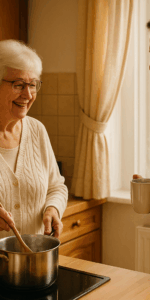




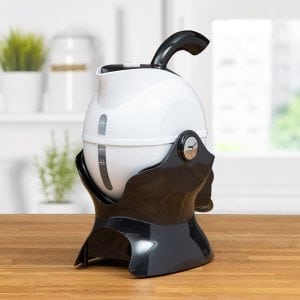
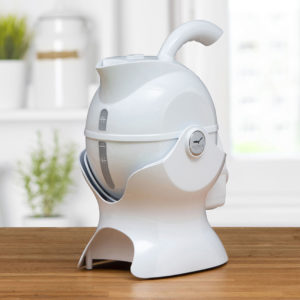
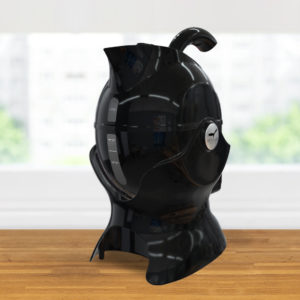
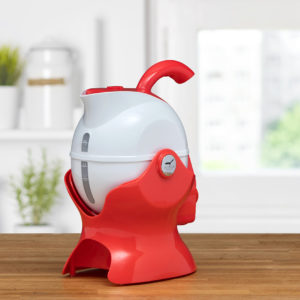

Leave a Comment